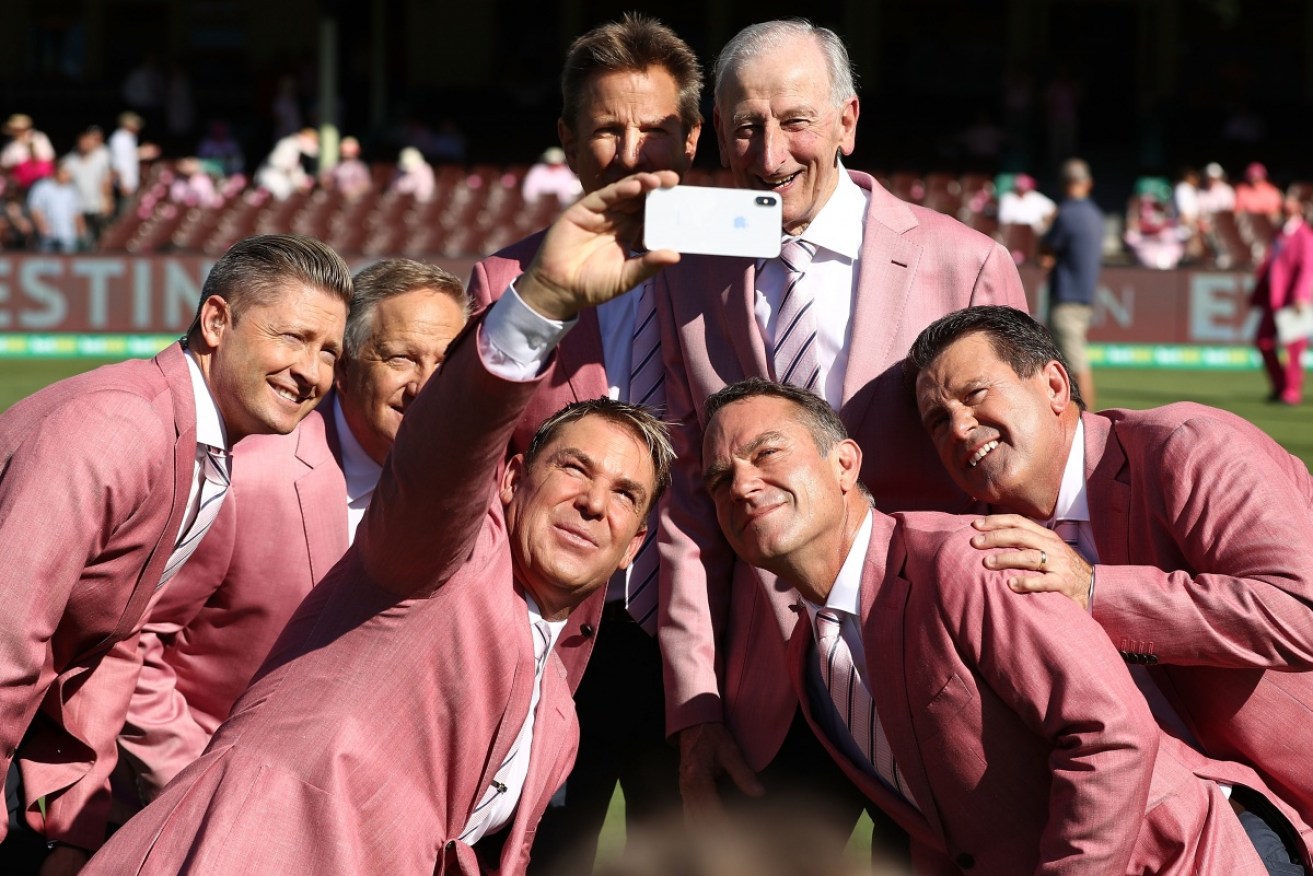Why Cricket Australia’s big payday could come back to bite it


Nine's commentary team was increasingly seen as pale, male and stale. Photo: Getty
The deal’s in and it’s a big one.
Cricket Australia has masterminded a $1.182 billion dollar TV broadcast deal over six years with Seven West Media and pay-TV provider Foxtel.
For Cricket Australia, their pockets are now lined with money. They’ve almost doubled the deal they did with Nine and Ten five years ago, which was around $100 million a year.
They’d say they need the money. After all, sport is an expensive industry and it became even more costly last year with the players demanding – and winning – a significant pay rise.
Foxtel is now the home of cricket. From next summer onwards you can watch every ball of every form of cricket, live on the pay-TV provider.
Seven is also smiling. After losing the summer TV rights to the tennis a little more than a week ago, they’ve snaffled up the two big-ticket items of cricket’s TV broadcast deal – Test matches and the Big Bash League (BBL).
Furthermore, they bought it for just $80 million, which is about the same figure as Nine’s purchase of Tests, one-day internationals and international Twenty/20’s at the last rights round.
By owning both Tests and BBL games, Seven can create a dominant cricket narrative over the summer and use one form of the game to promote the other.
Expect them to hunt down the best of the existing commentators, such as Ricky Ponting and Adam Gilchrist, but they’ll also be keen to do things their way.

Dream Team? Expect new, fresh faces in the commentary line-up. Photo: Getty
You’ll hear fresh voices, new opinions and different broadcasters of all ages and genders. It will almost deliberately take on a different look and feel to Nine’s commentary team, which was increasingly seen as pale, male and stale.
More broadly, it means Seven now has the AFL in the winter, and cricket in the summer. Now they will have a year-long calendar of popular sports to attract viewers and advertisers alike.
Everything looks rosy … but is it?
For the last five years the fans have had the luxury of viewing cricket in Australia for free. That’s about to change. They’ll still get Tests and a large chunk of the BBL, but they’ll have to pay to get the lot.
Putting a significant amount of sport behind a paywall is a risk – for both Cricket Australia and Foxtel.
Foxtel has made a huge investment in purchasing a sport they hope will drive increased subscriptions – or at least counter the drop-off rates of consumers abandoning the pay-TV provider in favour of cheaper, ad-free streaming services.
But will it work?
The jury’s out.
Seven has all Tests and 43 BBL games. It also has Women’s Internationals and 23 Women’s BBL games. While Foxtel will simulcast all Tests, women’s Internationals and BBL games shown on Seven, they exclusively own the rights to only 16 BBL games and ODI’s and international Twenty/20’s.
Will this be enough to convince sports fans to purchase a Foxtel subscription? I’m not sure it will.
Then there’s the fans. Remember them?
Already annoyed with Cricket Australia for the festering poor culture of our national cricket team, the fans have had their noses further rubbed in it, with CA reportedly rejecting a $900-million, five-year offer from Nine and Ten, which would have ensured they could watch Australia’s summer of cricket for free.
Instead they’re now being asked to pay for more cricket than they’ve ever had to before. The reality is that only about 30 per cent of households subscribe to Foxtel, meaning almost three-quarters of Australia doesn’t.
Many fans simply refuse to buy it. They’re from a different time when popular sport was owned by the people. They’re not going to pay for something they grew up watching for free.
Then there’s those who like the BBL, but don’t love it – at least not enough to prioritise it over other necessary household expenses.
Plus, some families simply can’t afford it. By the time they pay the mortgage, groceries, electricity bills, school fees, junior sports fees and membership tickets there’s not a lot left over.
So, the big question is how will a paywall impact the popularity of the game? Will kids still watch? Will they attend games live? And if they’re not watching, will they still be inspired to play?
At the end of the day, if you want to be popular, you need to be seen by as many people as possible. If you want to attract premium sponsors, your product needs to reach the masses and be easily accessible.
Cricket Australia has taken the money, but there may be consequences. By making their game less accessible to the general public, they run the risk of losing fans.
As they say: out of sight, out of mind.
Dr Sam Duncan is a lecturer of sports media and sports business at Melbourne’s Holmesglen Institute.








